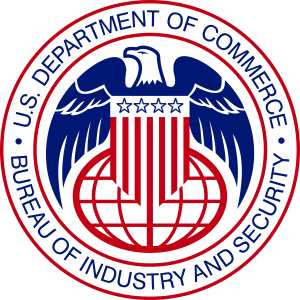Search
Published on:
BIS Issues Interim Final Rule Establishing a Framework for Artificial Intelligence Diffusion
On January 13, 2025, the U.S. Department of Commerce’s Bureau of Industry and Security (BIS) issued an Interim Final Rule (IFR), establishing new export controls targeting advanced artificial intelligence (AI) chips and model weights for advanced AI models to protect against national security risks associated with AI while promoting American AI technological leadership. This framework is a tailored strategic initiative designed to regulate the spread of advanced AI models and prevent their access by malicious actors. It enables “secure and responsible foreign entities and destinations” to utilize leading U.S. AI models and the powerful IC clusters needed for their training. Entities that do not comply with established safety and security protocols will not be granted access.
 Global Trade & Sanctions Law
Global Trade & Sanctions Law


